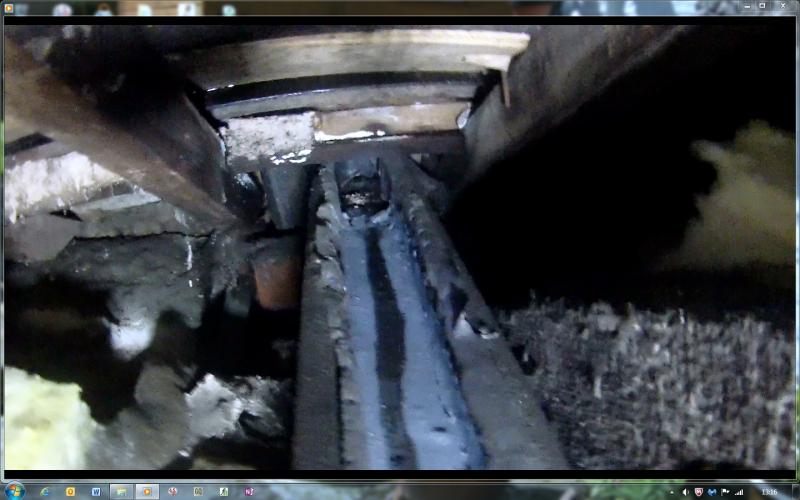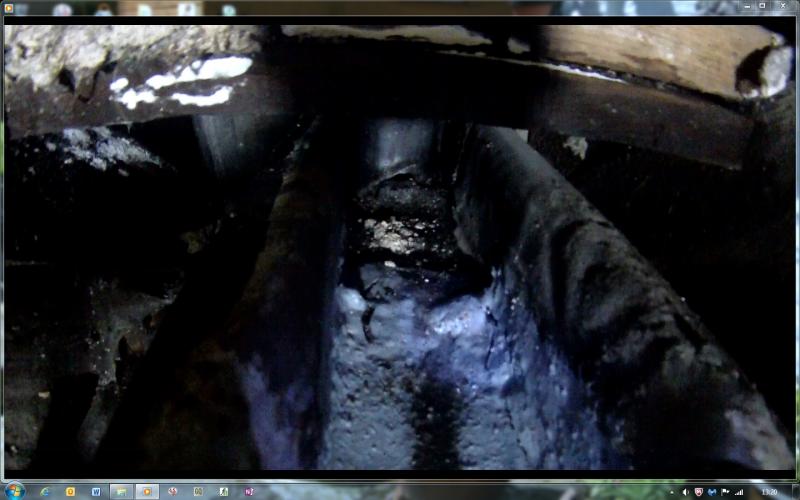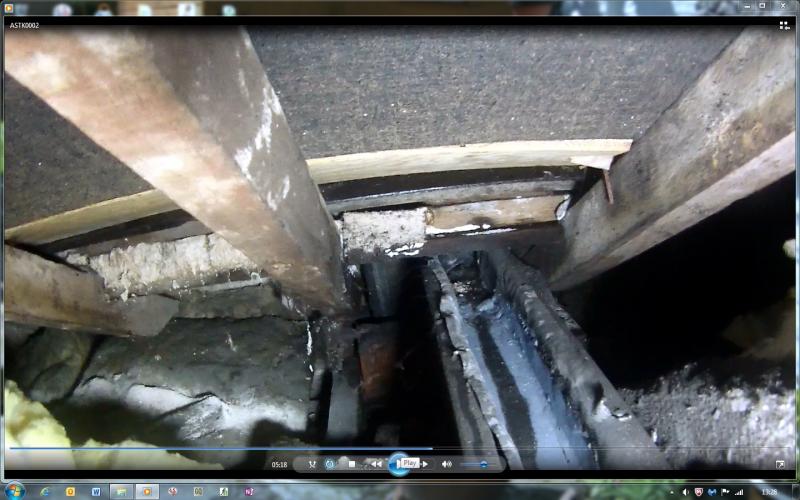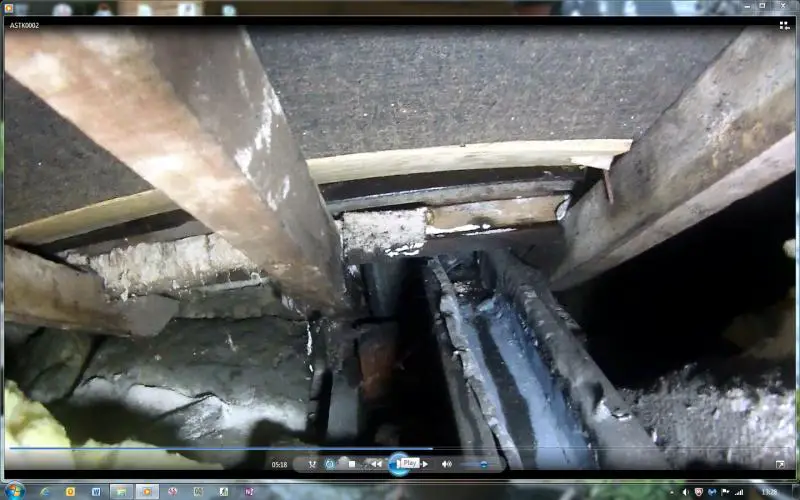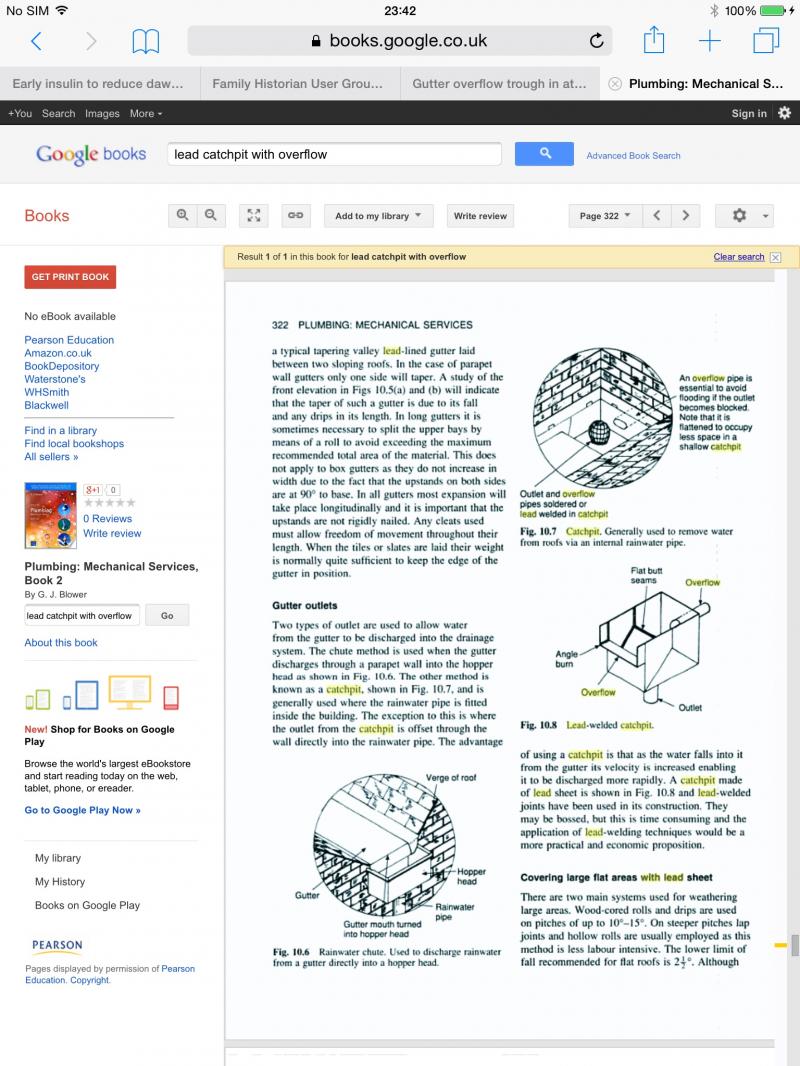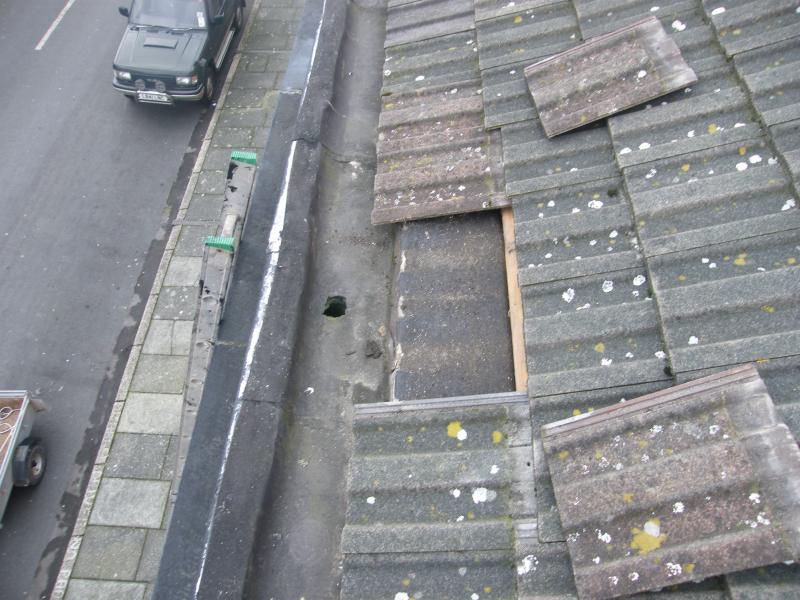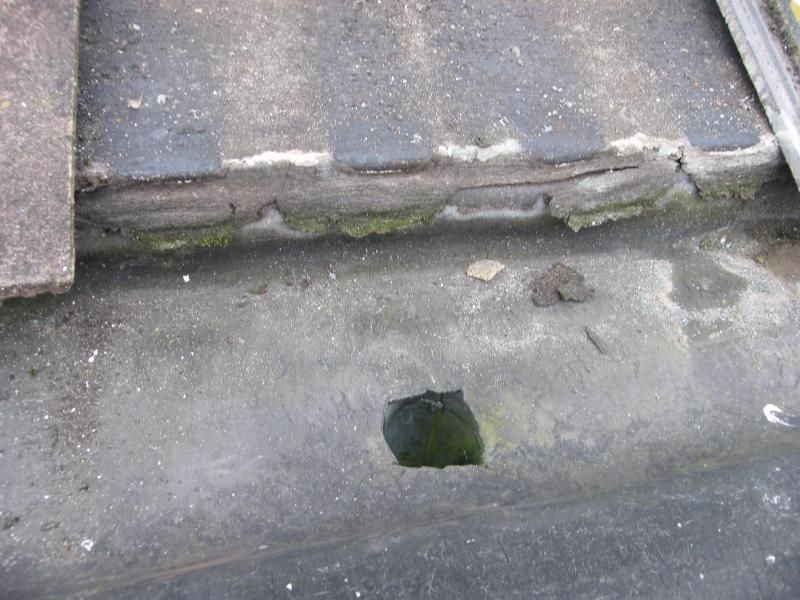I have an old terraced house built in the 1880s. The front gulley empties via a pipe which descends from the gulley and goes through the exterior wall and empties - not into a hopper - but is connected directly to the downspout.
When designing the house they realised that there was a need to plan for overflows and to achieve this they installed a leadlined wooden 'trough' in the attic (at right angles to the gulley) to carry water from the front to back. Photos in Images album.
I cannot actually see how the pipe is constructed to facilitate this overflow so if anyone knows anything about these types of troughs I would like to know more.
This area now leaks so I intend to modify the front by installing a hopper rather than the direct feed into the drainpipe so that the hopper will overflow rather than the interior trough.
Any suggestions before I start this venture will be appreciated.
When designing the house they realised that there was a need to plan for overflows and to achieve this they installed a leadlined wooden 'trough' in the attic (at right angles to the gulley) to carry water from the front to back. Photos in Images album.
I cannot actually see how the pipe is constructed to facilitate this overflow so if anyone knows anything about these types of troughs I would like to know more.
This area now leaks so I intend to modify the front by installing a hopper rather than the direct feed into the drainpipe so that the hopper will overflow rather than the interior trough.
Any suggestions before I start this venture will be appreciated.


